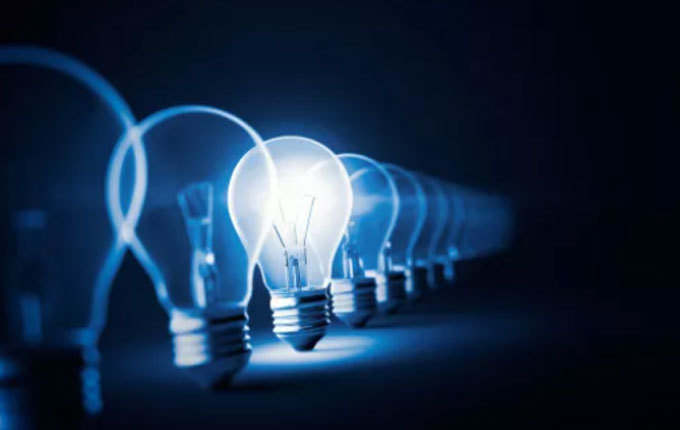08
2023
-
09
LED drives huge industrial changes
The price of solar energy, wind energy, lithium battery and other industrial categories is decreasing. Many people think that it has disrupted the original industrial order and the old industrial concept. However, compared with the degree of damage, LED industry is the leader in the green energy category. Renewable power and power storage have to be ashamed of themselves.
The chart of 60 low-carbon economy categories released at the end of August 2016 called LED industry "a rapidly changing technology in human history". The rapid price reduction of wind energy and solar energy is expected to have a considerable impact on the power sector. However, except for a small number of forward countries, the replacement ratio of wind energy and solar energy to traditional power is still not high. However, this is not the case for LED. In the lighting sector, the market share of LED was close to zero in 2010. Over the past few years, it has been rapidly conquering cities and regions, replacing many other lighting technologies, By 2020, LED will account for 69% of the shipment of lighting goods, and by 2025, it will almost unify the world to account for 95% of the shipment market.
If we investigate LED industry quotation trend for a long time, we will not be surprised that LED can change from extremely low penetration rate to mainstream after drastic price reduction. LED was originally subsidized by the same policy as renewable power, but now it has strong quotation competitiveness in malls, not only defeating the incandescent bulb that was originally intended to replace in many national LED subsidy policies, It is now lower than the common compact fluorescent bulb (CFL), leading GE to call out in 2016 that it will stop producing fluorescent energy-saving bulbs, becoming the first major lighting factory to stop producing energy-saving bulbs.
Many large factories will follow up with the production of energy-saving bulbs, because the development of LED skills is far faster than traditional lighting technology based on semiconductor skills. The brightness of each unit of electricity, that is, lumens per watt, will exceed the doubling by 2025, making the use of LED more competitive in energy conservation and green energy fields, such as the use of renewable power to create an independent micro grid as a lighting method.
LED not only damages competitive lighting products, but also has a considerable impact on the distribution of upper and lower class traditional industries. The traditional vertically integrated lighting big factory originally occupied an absolute market share, but now many medium-sized competitors are fighting with new businesses, instead of focusing on lower class products, leading to a change in the structure of the mall. In traditional lighting malls, four leading companies accounted for 81% of the market share, and other hundred companies accounted for the remaining 19%, However, in the LED industry, only 16% of the market is occupied by the top four companies, 52% by other top 100 companies, and 32% by companies other than the top 100 companies.
While promoting such infinite industrial changes, LED has also promoted employment. It is expected that LED lighting will create 2 million jobs. In addition, LED not only affects lighting, because LED is widely used in lighting. Now many intelligent building networking skills plan to use LED as the basic backbone node for Internet of Things communication. In the future, LED will not only save electricity, but also play an important role in smart homes, smart buildings, smart cities and other areas.
Previous
Previous
Related News


